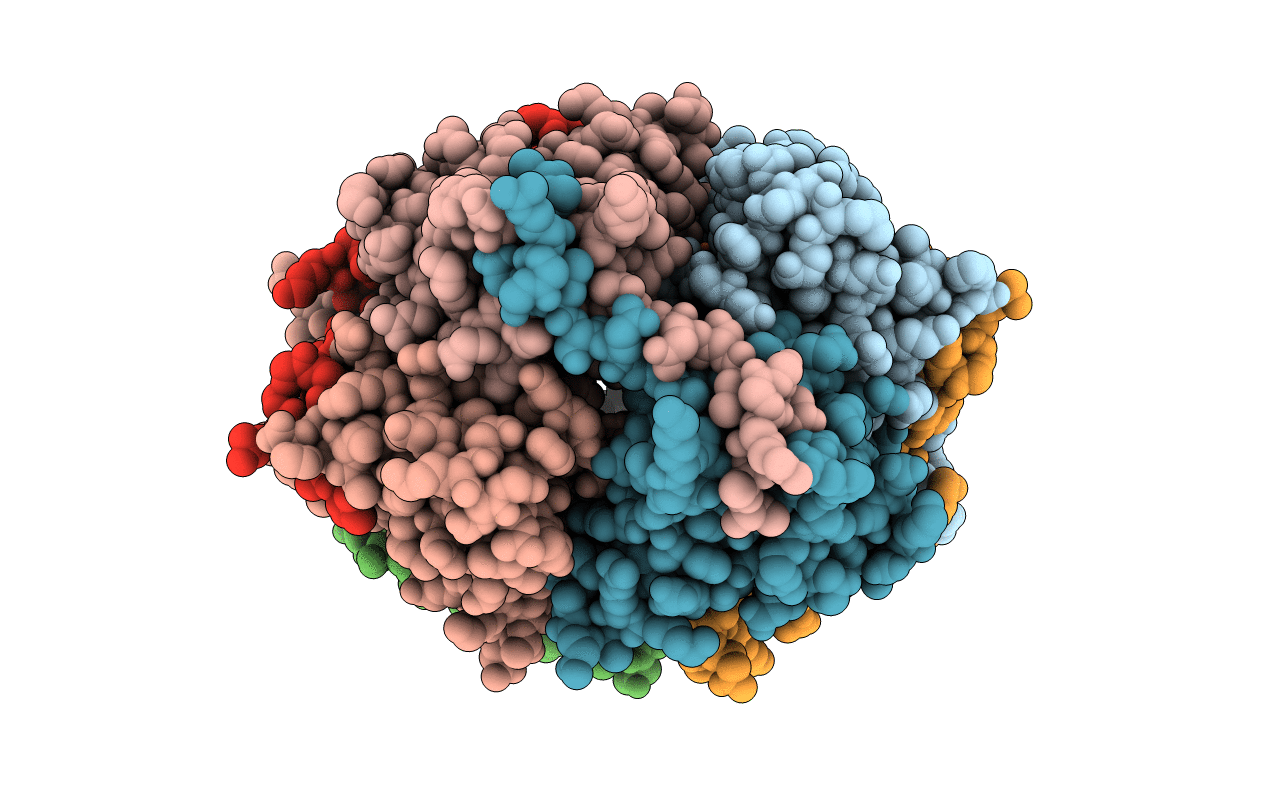
Deposition Date
2009-01-06
Release Date
2009-01-20
Last Version Date
2024-04-03
Entry Detail
Biological Source:
Source Organism:
Streptomyces reticuli (Taxon ID: 1926)
Host Organism:
Method Details:
Experimental Method:
Resolution:
2.20 Å
R-Value Free:
0.26
R-Value Work:
0.20
R-Value Observed:
0.20
Space Group:
P 21 3


